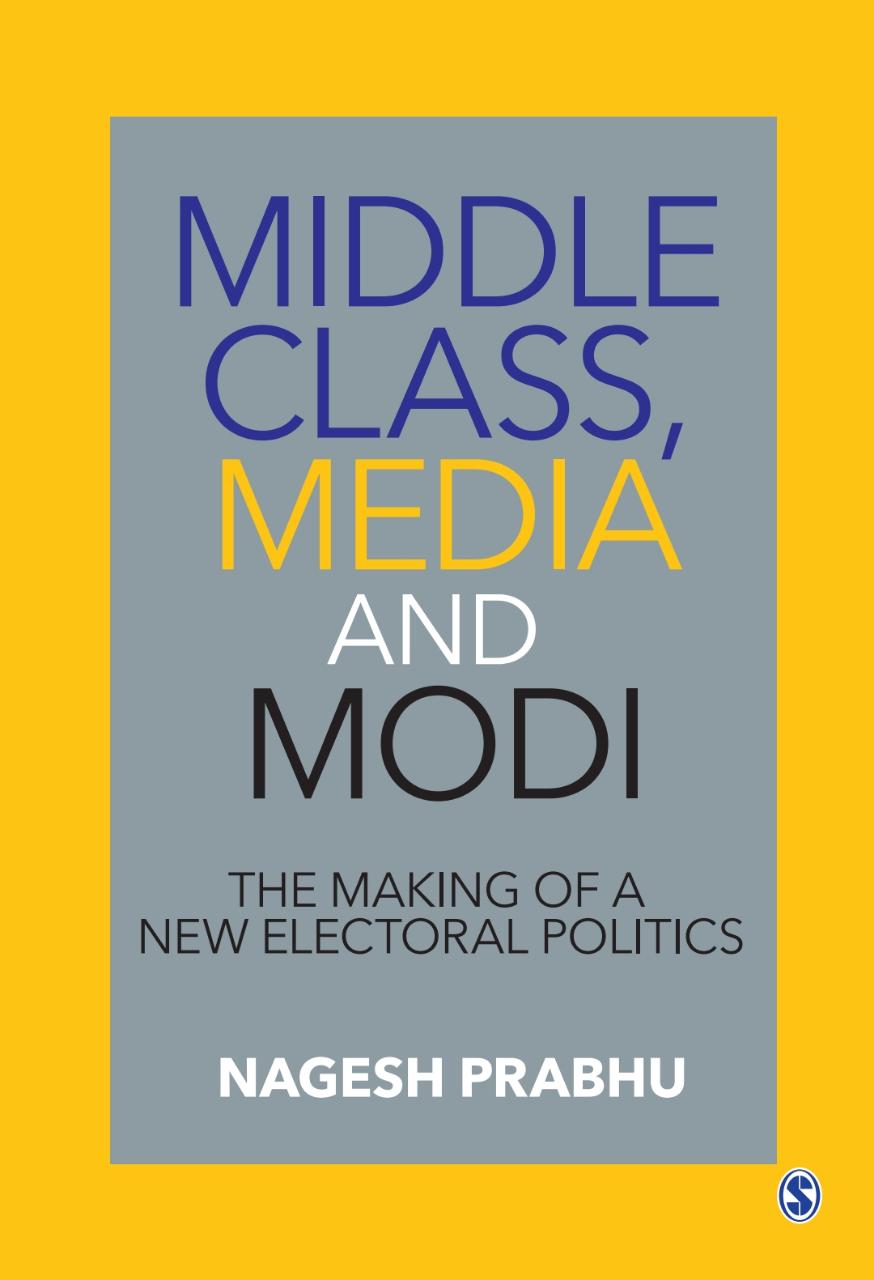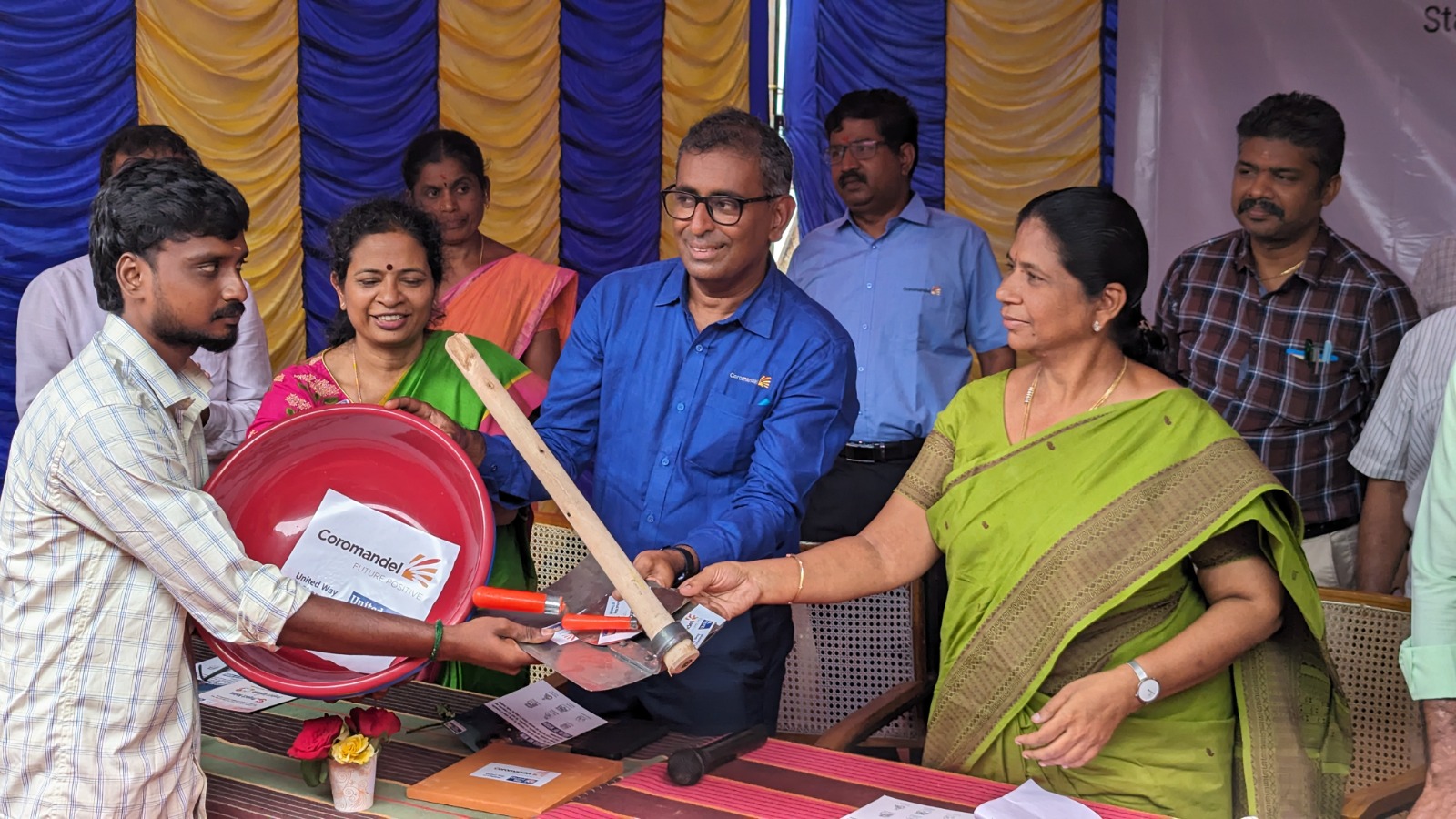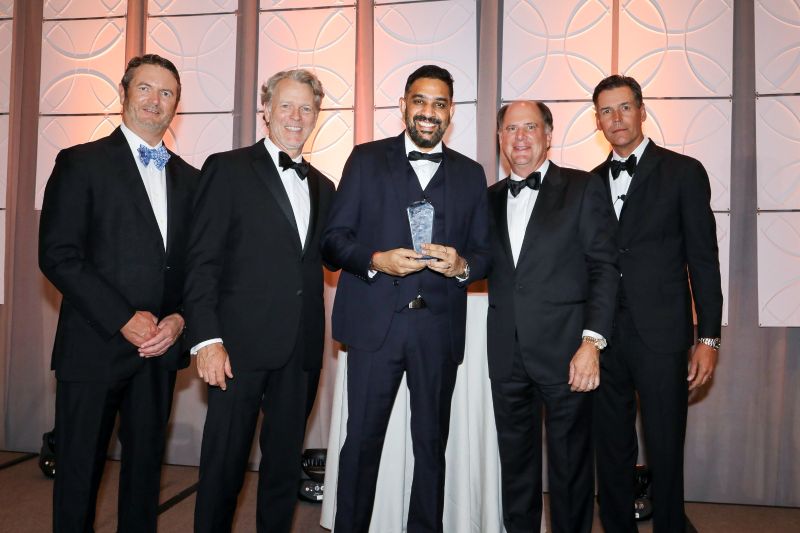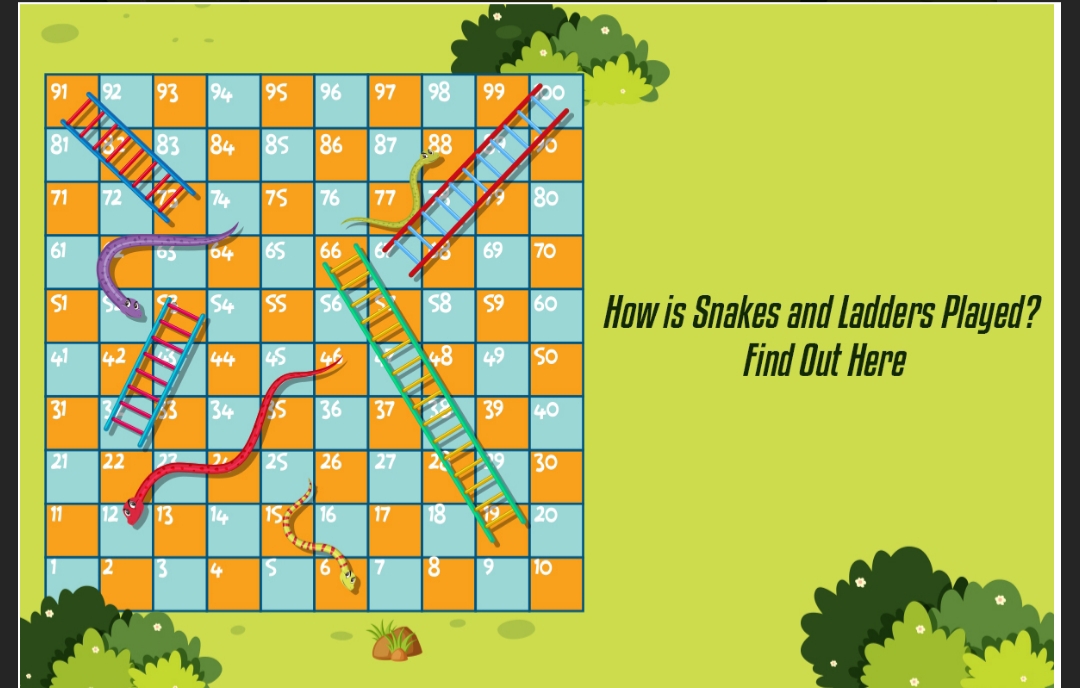Trending Now
- 830 voters names go missing in Kavundampalayam constituency
- If BJP comes to power we shall consider bringing back electoral bonds: Nirmala Sitaraman
- Monitoring at check posts between Kerala and TN intensified as bird flu gets virulent in Kerala
India News
Why Indian middle class supports Modi?
![]() May 21, 2020
May 21, 2020
Excerpts from the Book – Middle Class, Media and Modi: The Making of a New Electoral Politics by Nagesh Prabhu (Sage Publications India)
The task of researching the role of the Indian middle class is not an easy one, especially in post-liberalised India. India’s middle class is not a homogenous group. The middle class in our country is now epitomised by the young, educated, tech-savvy, and professionally diversified, with a stable income. This class comes from both urban and rural areas and is an ever-expanding constituency of the population.
The size of the middle class has always been at the centre of the narrative around India’s economic growth. The notion of middle class remains arbitrarily defined with estimates of its size and features varying significantly based on subjective notions of researchers. Depending on the criteria used, the estimated size of this middle class in India ranges from 78 million.
The new book, “Middle Class, Media and Modi: The Making of a New Electoral Politics (2020),” by senior journalist Dr Nagesh Prabhu, brought out by SAGE Publications India, examines many questions pertaining to the phenomenon of Prime Minister Narendra Modi, who has captured the imagination and won popular mandate resoundingly in 2014 and 2019. Why Mr Modi has remained the unquestioned darling of the masses, particularly middle classes, has been answered in the book.
The BJP Government led by Prime Minister Narendra Modi has come out with a slew of programs during the last six years. While some programs immensely benefited to the people, particularly the middle class, others such as demonetization, GST, the Covid-19 induced lockdown to contain the global pandemic COVID-19 have hit them hard. Unmindful of hardships, Indian people, especially the middle classes, dutifully obliged to the Prime Minister’s appeal and come out on their balconies to clap for five minutes and lights off-candles on for nine minutes during the lockdown.
Why did the middle class families, who love to spend time in travelling, attending marriages, and festivals, and loosen their purse strings on shopping at this time of the year supported the ‘Janata Curfew’? What made them to stand in their balconies to clap and ring bells to salute frontline health workers serving the nation tirelessly even on holidays (Sunday at 5 pm on March 22, 2020)? Why did they fall in line to light lamps, candles or to hold up mobile phone torches (Sunday, 5 April, 2020)? Why have the urban middle-class, and upper castes who have always found comfort in social security and stability embraced Modi’s brand of Hinduta, fuelled by fierce nationalism? In short, what makes Modi a middle class hero?
This book studies how the Indian middle class, once seen as politically indifferent, has gradually become a player of importance in collective action and in making new political demands. This change, which slowly began in the 1990s, appears to have reached a crescendo and played a decisive role in spectacular electoral victories in 2014 and 2019 parliamentary elections.
Modi, who served as the CM of Gujarat for a record 14 years (2002-2014) has slowly become the icon of the changing economic demands of the middle class and their ideological rightward shift as exemplified in the Ram Janmabhoomi movement and Mandal agitation as well as a wholehearted embracing of the idea of ‘less government and more governance’ and the promise of ‘acche din.’ Modi managed to tie these two strands in an unprecedented fashion and the media (both old and new) played a significant role in disseminating and cementing this. Modi’s management and dominance of mainstream and social media – consumers of which is the ever-growing middle class — played a key role in his emphatic victories in India’s 16th and 17th general elections. These two electoral outcomes have undoubtedly changed the way the India imagines itself and how the world beyond does.
After consolidating his position in the first term, Modi is implementing a long pending agenda of the party – abrogation of Article 370, implementing the Citizenship (Amendment) Act, 2019, and construction of Ram temple at Ayodhya. After his second consecutive victory and bigger mandate, Modi is even stronger and everything now in his control. The Opposition, indeed, is in a state of disrepair. Politics apart, the Modi government has started identifying specific areas for focus in the economy to make India self-reliant to drive India’s development journey to become a global leader. The Rs 20 lakh crore economic package announced during the lockdown to boost the economy is seen from this perspective. The opportunity is ripe for now to use the available prowess for transforming the Indian economy and lift millions of people out of poverty. If he can pull this off, he would surely go down in history as one the strongest leaders the country has seen. (END)
For e-book and other requests, please contact:
Rajeshwari Shastri, Public Relations Executive, SAGE Publications India





















